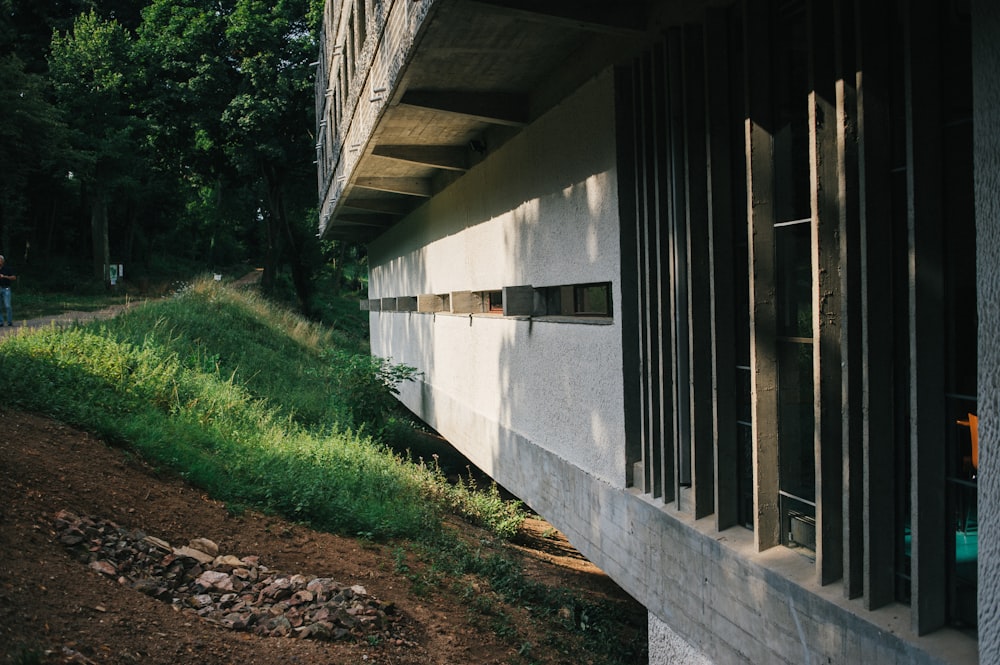Exploring Le Corbusier’s Iconic Architectural Legacy
Introduction:
Le Corbusier stands as a towering figure in the world of architecture, his legacy etched in the very fabric of modern design. Exploring his iconic architectural contributions unveils not just buildings, but a philosophy that continues to shape urban landscapes and inspire architects worldwide.
The Early Years:
Born Charles-Édouard Jeanneret-Gris in Switzerland in 1887, Le Corbusier’s journey began with art and architecture. His formative years were marked by travels across Europe, where he absorbed influences from diverse cultures and traditions, laying the groundwork for his later innovations.
Form Follows Function:
At the heart of Le Corbusier’s architectural philosophy was the idea that form should always follow function. This principle, championed in his seminal work “Vers une architecture” (Towards a New Architecture), emphasized simplicity, functionality, and the rejection of ornamentation in favor of clean lines and geometric shapes.
The Five Points of Architecture:
Le Corbusier’s “Five Points of Architecture” became his manifesto, outlining fundamental principles for modern design. These points included the use of pilotis (supports), flat roofs, open floor plans, horizontal windows, and free façades. Together, they revolutionized architectural thinking and paved the way for the modernist movement.
Iconic Buildings:
Le Corbusier’s architectural legacy is punctuated by iconic buildings that continue to captivate and inspire. From the radiant purity of the Villa Savoye to the monumental elegance of the Unité d’Habitation, each structure represents a harmonious blend of form, function, and innovation.
Urban Planning Visionary:
Beyond individual buildings, Le Corbusier was a visionary in urban planning, advocating for functional cities designed to enhance the quality of life for inhabitants. His “Plan Voisin” proposed the demolition of large parts of Paris to make way for towering skyscrapers and expansive green spaces, although it was never realized.
Legacy and Influence:
Le Corbusier’s influence extends far beyond his own lifetime, resonating in the work of countless architects who continue to draw inspiration from his principles. His legacy can be seen in the sleek lines of modern skyscrapers, the open layouts of contemporary homes, and the sustainable design practices of today.
Controversies and Criticisms:
Despite his immense contributions, Le Corbusier was not without controversy. Critics argue that his vision of urban renewal often disregarded the human scale and cultural heritage of existing communities, leading to the destruction of historic neighborhoods and social displacement.
Human Scale Reconsidered:
In response to criticisms, Le Corbusier later emphasized the importance of the human scale in architecture, acknowledging the need for buildings to serve the needs and aspirations of their occupants. This shift in perspective reflected a deeper understanding of the interconnectedness between design and human experience.
Conclusion:
Exploring Le Corbusier’s iconic architectural legacy is a journey through the evolution of modern design and urban planning. From his early artistic influences to his enduring impact on the built environment, his contributions continue to shape the way we inhabit and interact with the world around us. Read more about corbusier










